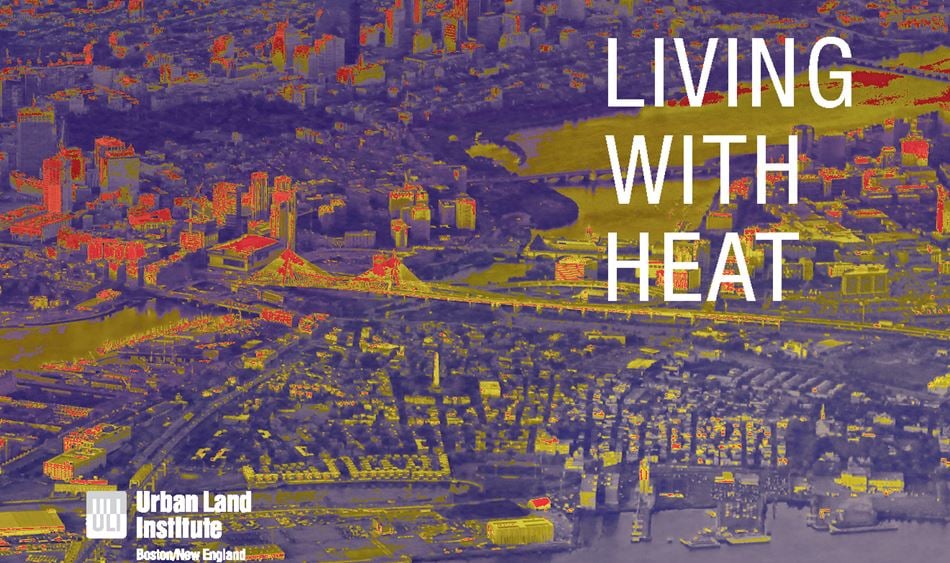 Jackie Wei Green
Americas Head of Communications,Los Angeles
Jackie Wei Green
Americas Head of Communications,Los Angeles
Sorry, it looks like there are no results for
On November 12, the Boston/New England District Council of the Urban Land Institute (ULI) released Living with Heat, a report aiming to harness opportunities to build Greater Boston’s resilience to extreme heat and better protect the city’s most vulnerable populations from urban heat island effects. Arup is honored to have participated in the development of this benchmark report.
With the frequency and intensity of extreme heat events steadily rising due to climate change, urban centers are facing mounting public health risks. Despite causing more deaths in US cities than any other severe weather event, extreme heat continues to garner far less public attention. This invisible and growing threat disproportionately affects New England cities, like Boston. Filled with brick and mortar structures built to retain heat in a predominantly cold climate, these cities are more prone to suffering effects, such as indoor heat waves, that can exacerbate preexisting conditions and lead to health crises, particularly among the very young, the elderly and other vulnerable populations.

In response to this worsening problem, ULI Boston/New England convened 70+ industry experts, including Arup Senior Resilience Consultant Katie Wholey, to develop preliminary recommendations to mitigate the immediate and long-term effects of extreme heat in Boston. While the preliminary strategies proposed in the report focus on four urban heat islands in the fast-developing Boston neighborhoods of East Boston and Lower Roxbury, and the communities of Chelsea/Everett and Somerville, the ideas are intended to be broadly applicable across the Boston metropolitan area. Drawing on the insights of ULI members specializing in engineering, architecture, planning, urban design, and real estate development, and informed by feedback from civic and community leaders, Living with Heat identifies several common solutions, including:
Establishing a network of cooling stations
Upgrading bus stops and other public spaces to provide shade and respite
Redesigning streetscapes to increase vegetation, reduce auto use and provide social value
Careful planning will be required to maintain the continuity and quality of the urban experience, and new strategies for material selection, street design and open space planning will need to become geared towards mitigating the effects of heat.
“We would like to thank ULI Boston/New England and the Climate Resilience Committee for the chance to help advance thought leadership on this important topic. We hope that this report will help to spark further discussion on the risks in the built environment and assist the design community in better understanding extreme heat. ”
Katie Wholey Senior Resilience Consultant